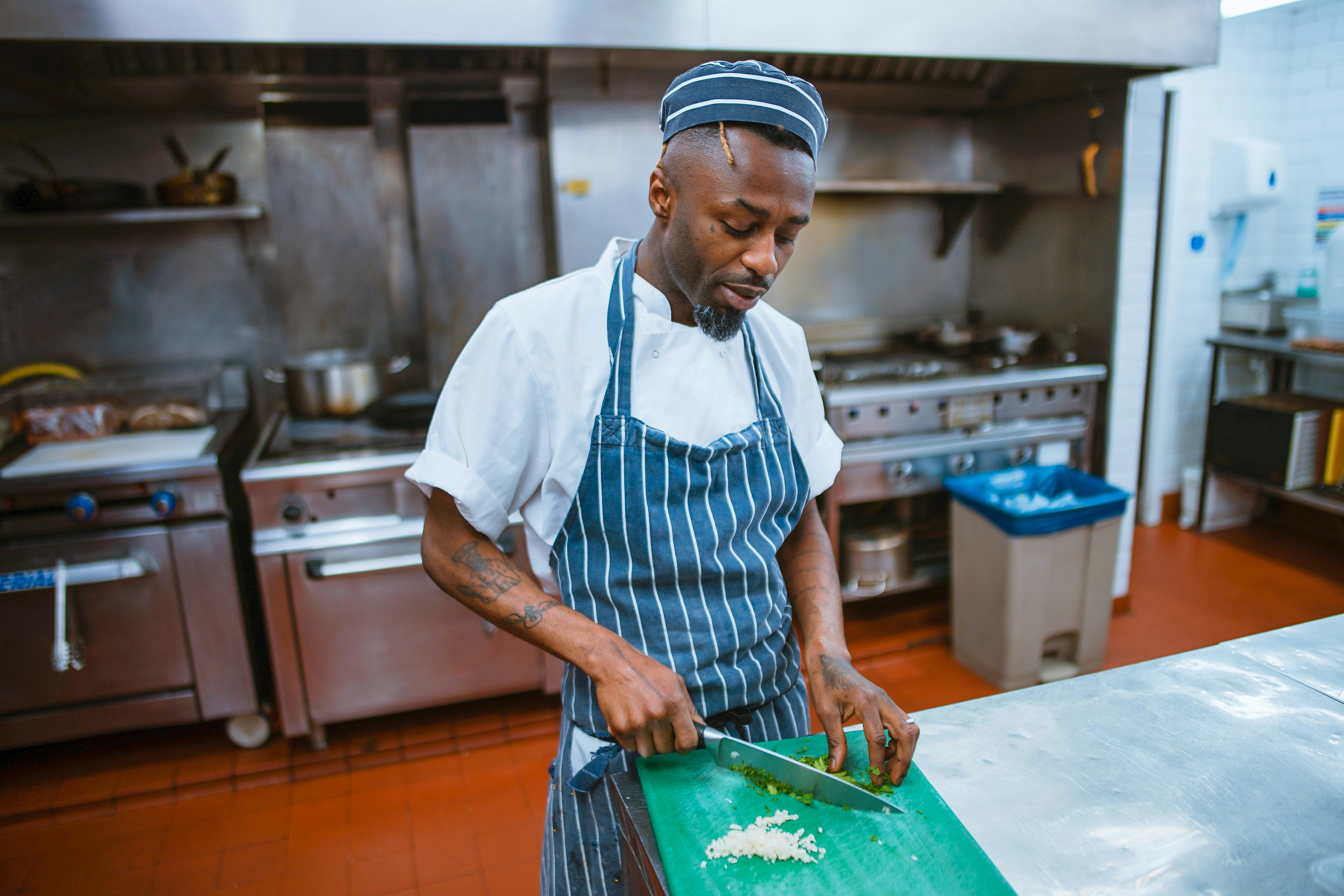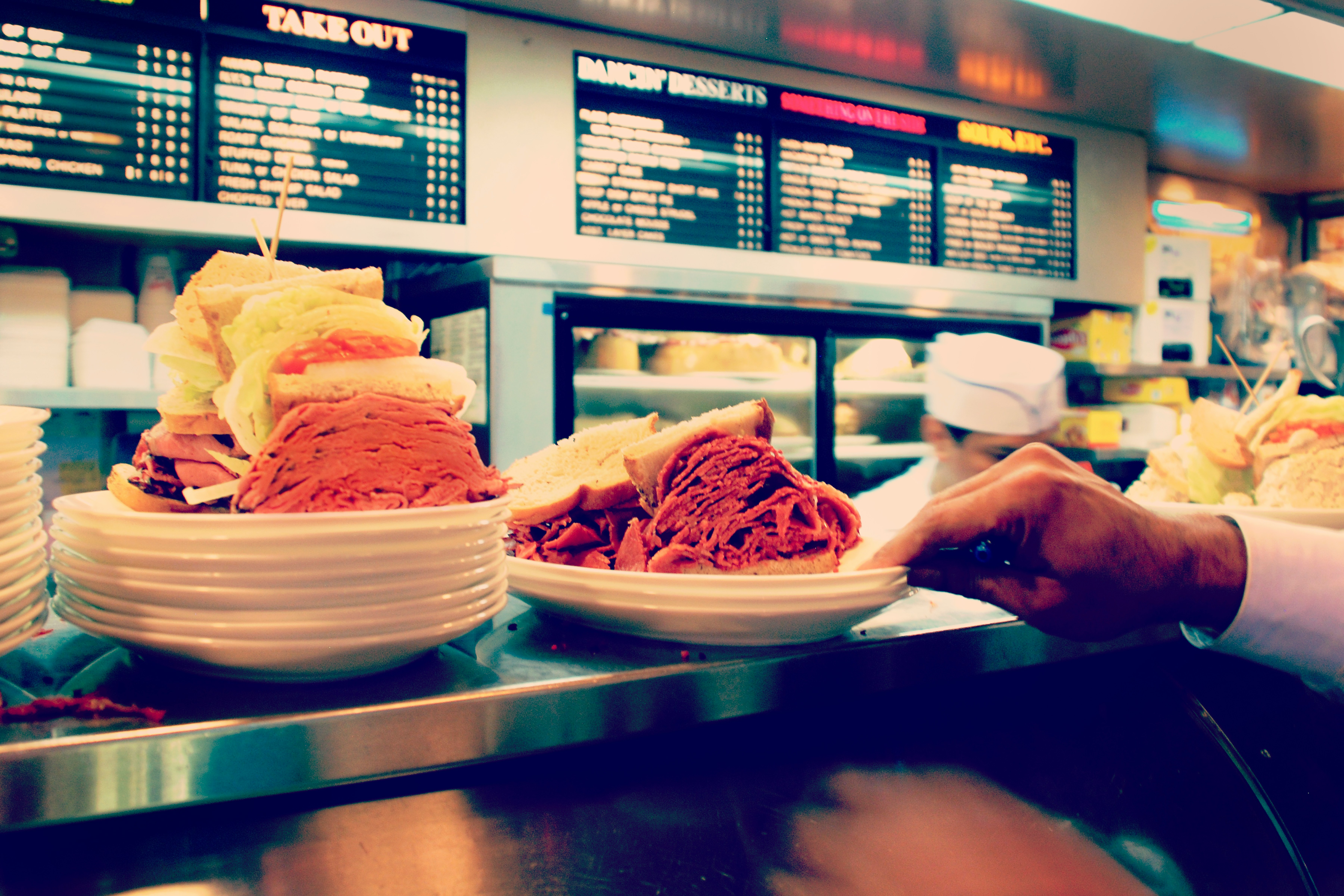Although the pandemic has threatened the restaurant industry mightily, restaurants have also been a beacon of normalcy and comfort for many consumers during 2020. As such, more and more entrepreneurs are considering the ways in which they might go about entering into the restaurant industry. While the restaurant business certainly has tight profit margins, with the right idea and team, you can go far.
Even if you’ve done a fair amount of research surrounding how to get involved in setting up your first restaurant, technology makes things a bit different in 2020. Many restaurants, for example, don’t even need storefronts, since all they need are kitchens to run delivery from. This means that there are some creative ways to go about setting up the restaurant that you might not have found as much success with if you were opening for business in 2019. Read on to learn more about a few of the tips that can help you save money and build a following of hungry customers.
1. Save money on your kitchen equipment.

Especially if you’re setting out to have a brick and mortar establishment, it can be costly to outfit everything from scratch. Particularly during a year when it’s not completely clear whether or not you’ll be having in-person seating any time soon, spending all of your restaurant’s budget on kitchen equipment, tables, and chairs can be particularly unwise. As such, it makes sense to shop used whenever possible, since having a functioning kitchen is more important than having a glamorous kitchen. Often times, you’ll be able to find local warehouse-style sellers who offer great deals on used equipment to keep your restaurant running without costing you an arm and a leg. You may need to head to a bigger city in order to get the best deals, so if you’re in Tacoma or Spokane, it may be worth looking for used restaurant equipment in Seattle if you’re striking out in your zip code.
2. Price your food appropriately.

Pricing can be a delicate subject when it comes to any business, and that goes double for the restaurant industry. Of course, you need to be hitting an average ticket price in order to make ends meet, but there’s a lot that goes into that sort of pricing structure. For example, you’ll need to account for the cost of buying the ingredients that go into each dish, as well as what it costs to pay your waitstaff, chefs, and other employees. It’s also important to stay competitive, so unless you’re opening a high-end establishment it makes sense to look at other restaurants in your area offering similar dishes and cuisine as a point of comparison. Ultimately, you need to make money on your dishes, but you don’t want to price your menu so high that it’s impossible to attract customers.
3. Leverage social media to get the word out.

Speaking of attracting customers, getting the word out is one of the most important tasks you’ll have when launching a new restaurant. While a soft launch can be a great way to get feedback from friends and family, it’s not likely to really drum up a lot of buzz unless you’re friends with or related to some real social media influencers. Thankfully, you can still leverage social media as you work to build interest in your new restaurant. Since social media platforms like Facebook and Instagram both offer compelling ways to present photographic content and videography, you’ll be able to put your best foot forward in showing potential customers what to expect when dining at your restaurant. Best of all, social media has an insanely high ROI (return on investment), so you’re advertising dollars are well-spent on these platforms.





